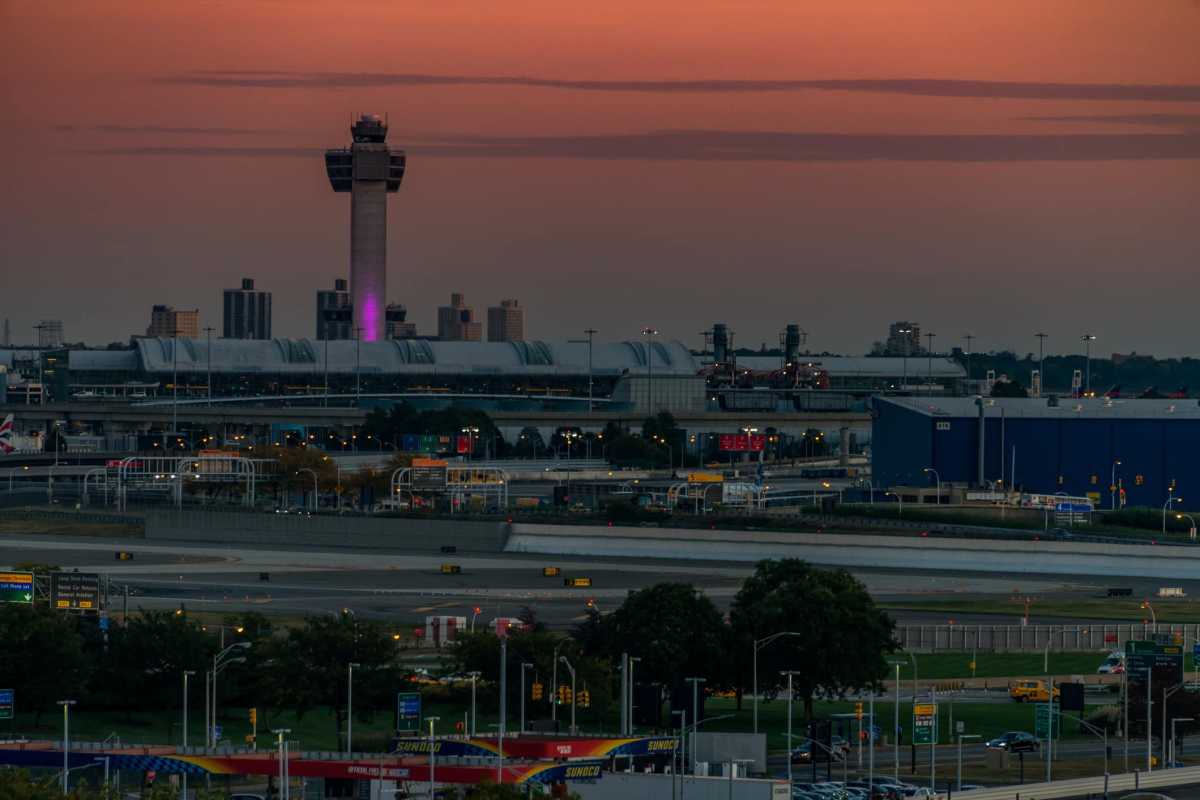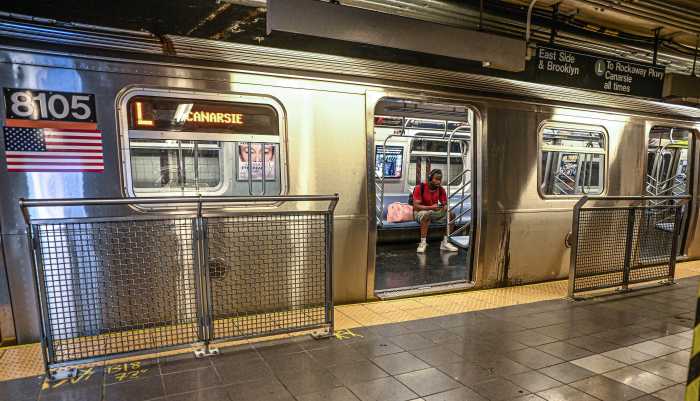Governor Andrew M. Cuomo has declared a state of emergency in New York in preparation for the potential impact of Hurricane Irene, which may hit New York State this coming weekend.
A state of emergency enables New York to use state resources to assist local governments more effectively and quickly, allows the state to activate the national “Emergency Management Assistance Compact” to bring in resources from out of the state, and enables New York to access key federal resources earlier in anticipation of an emergency.
“In this emergency I am activating all levels of state government to prepare for any situation that may be caused by Hurricane Irene,” Cuomo said. “We are communicating with our federal and local partners to track the storm and to plan a coordinated response, and we will deploy resources as needed to the areas expected to be hit the hardest. I urge New Yorkers to personally prepare for hurricane conditions and to cooperate with emergency officials if needed. By working together, we will all be able to face this storm in a calm and organized manner.”
Mayor Michael Bloomberg held a press conference in southeast Queens today – one of the area’s most vulnerable to flooding during major storms.
Just before the mayor spoke to a small crowd of reporters about precautions the city was taking to prepare for the coming storm, crews from the Environmental Protection Agency cleared one of the city’s 143,000 catch basins outside St. Luke Baptist Church. Bloomberg looked on as a crane scooped up bits of dirt, broken rock and tree branches from the basin.
The mayor said Hurricane Irene could reach New York as strong as a Category 2 storm. Storms of this magnitude can snap and uproot shallowly rooted trees, destroy fences and pose a substantial risk of injury due to high winds along with flying and falling debris.
Bloomberg warned that evacuations may be necessary. To find out if you live in a hurricane evacuation zone click here.
“The biggest worry is if we have to get out of here,” said Caroline Townes, a Laurelton resident who lives across the street from where the mayor held his press conference.
Townes said that she was also concerned with the tree in front of her house falling and causing damage to her property. She prepared for the coming storm by stocking up on water, flashlights and food.
The Office of Emergency Management’s (OEM) command center has been activated and the city is in constant contact with the National Weather Service (NWS) and state agencies, Bloomberg announced.
The city’s OEM is monitoring Irene – the first hurricane of the 2011 season. Though the forecast remains uncertain city residents may experience hurricane or tropical storm conditions this weekend. The NWS forecasts heavy rain and thunderstorms throughout the weekend with possible tropical storm conditions Sunday. Winds are forecasted to reach near 70 mph Sunday afternoon with gusts over 80 mph.
The cleanup is just one of the steps the city is taking to prepare for the storm. The city activated its command center at the OEM yesterday and the mayor said that the NYPD, FDNY, transportation, health and buildings departments were taking extra steps to handle whatever emergencies the storm might cause.
“We hope for the best and prepare for the worst,” Bloomberg said.
The Department of Buildings has warned residents to secure outdoor objects that can become dangerous projectiles in the heavy winds. Loose, lightweight objects such as lawn furniture, potted plants, garbage cans, garden tools and toys should be brought inside. Gas grills and propane tanks should be anchored. Windows should be secured.
Borough President Helen Marshall urged residents and businesses to take precautions and stock up on emergency supplies like flashlights, batteries, first aid kits and to check on elderly neighbors.
The hurricane is currently in the northwestern Bahamas. Irene is a Category 3 hurricane with winds nearing 120 mph. The NWS forecasts the strength of the storm increasing throughout the day, though the actual strength of the hurricane will depend on its course up the east coast of the United States.
Parts of the state that are adjacent to coastal waters, such as Long Island and New York City, are considered most at risk. Inland locations can also be affected by heavy rainfall and strong winds, which can cause flooding and power outages.
Governor Andrew Cuomo also ordered the state’s OEM to prepare for the potential hurricane. The state has been in contact the Federal Emergency Management Agency and the NWS to determine storm planning efforts.
The governor urged residents to pay close attention to the track of the hurricane and, if necessary, to follow the instructions of emergency officials.
Stay with The Courier for updates as they become available.































